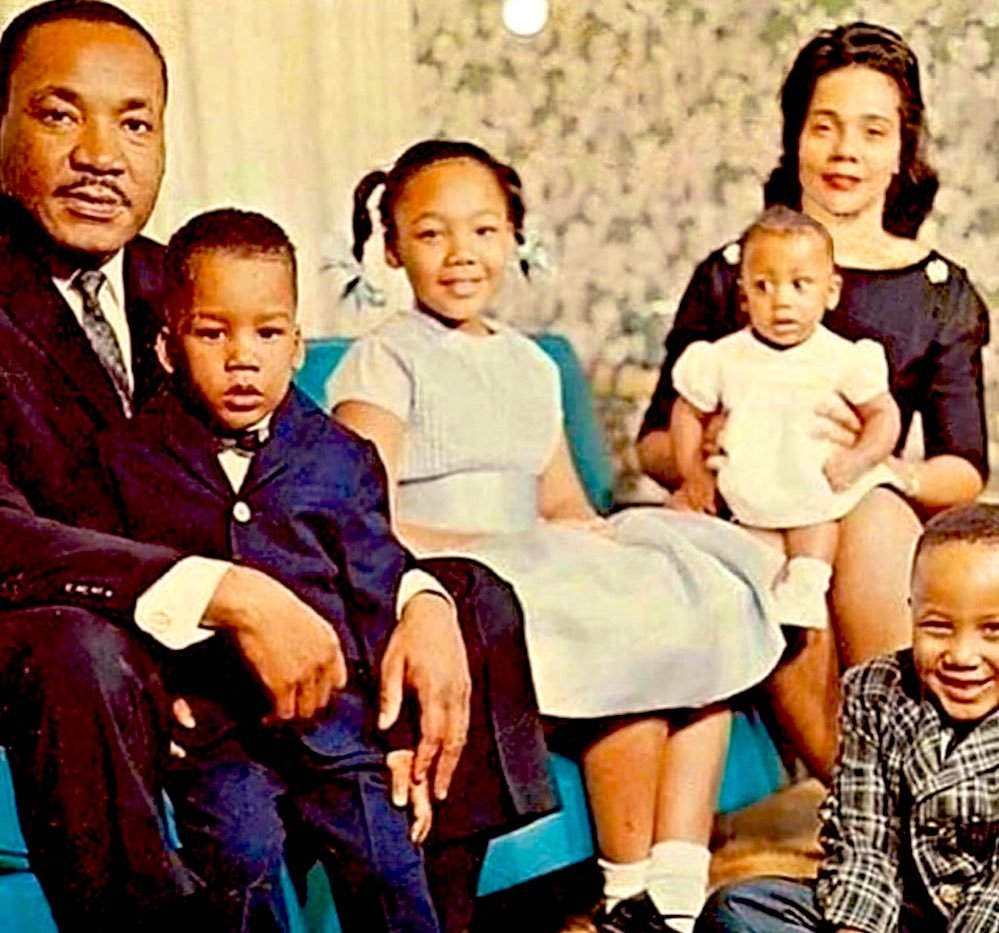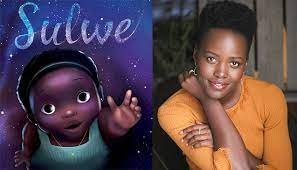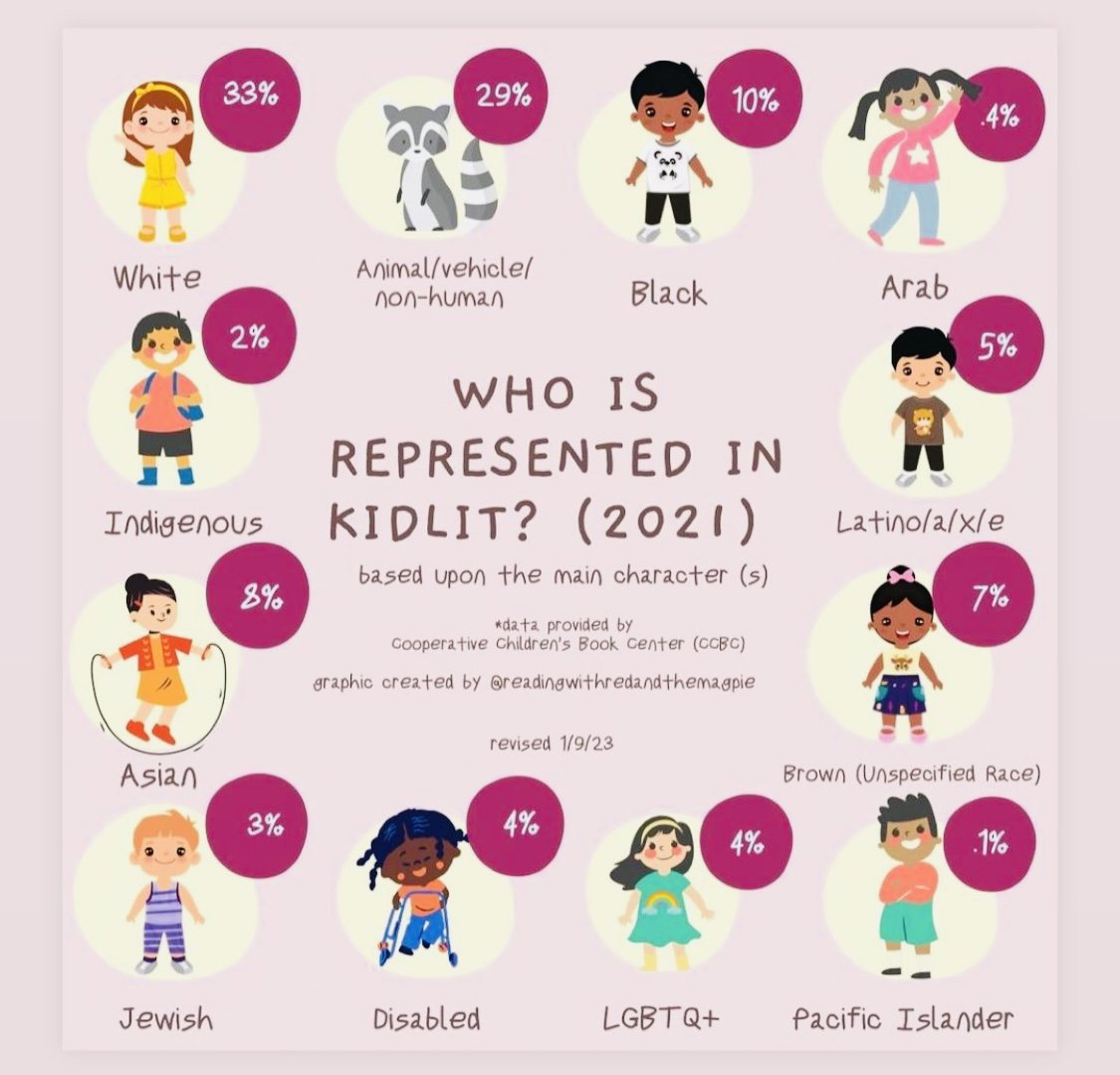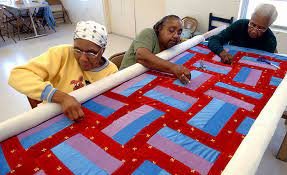An ABAR Approach with Martin Luther King Jr. Day
Written by Regan Becker
“Education is the best weapon for peace. True peace … suggests the triumph of justice and love among men; it reveals the existence of a better world where harmony reigns.” — Dr. Maria Montessori, Education and Peace
Dr. Martin Luther King Jr. with his wife Coretta and children
As discussed on this blog last fall, Lighthouse Montessori School is developing an Anti-Bias and Anti-Racist (ABAR) lens in our curriculum and through literacy. In approaching the upcoming Martin Luther King, Jr. Day holiday, Montessori educator Britt Hawthorne reminds us that Dr. King “organized millions to challenge racism and classism through direct action. He used non-violence as his organizing strategy to achieve his goal. But he didn’t do it alone. The SCLC was the force behind Dr. King … and welcomed everybody in the fight for civil rights (including people of color, white people, and children).”
As Britt Hawthorne states:
Children as young as two years old notice differences in skin color and hair texture and use race to reason about behavior.
Three- and four-year-old children often begin to express racial prejudice in words and start to understand social bias.
By age five, white children often show strong bias in favor of whiteness and all children may begin to replicate the racial attitudes held in the larger culture. Explicit conversations with children at this age are recommended!
Montessori educator Britt Hawthorne’s book Raising Antiracist Children
In our classroom, especially with the older children, we provide resources for children to understand why Dr. King and the Civil Rights Movement are celebrated. To do so, we refer to the four goals of an Anti-Bias and Anti-Racist approach:
Positive Identity and Joy
Diversity of Experience and History
Justice
Action and Activism
Lupita Nyong’o’s book Sulwe
We select recently-published, high-quality books appropriate to this age level, which are written and/or illustrated by people of the global majority. These books are gathered from the Seattle Public Library or our own school library collection, in case families would like resources to read to your child at home.
Some of the books we share to emphasize Black identity and Joy include:
Sulwe by Lupita Nyong’o and Vashti Harrison
The Patchwork Quilt by Valerie Flournoy and Jerry Pinkney
The Day You Begin by Jacqueline Woodson and Rafael Lopez
These identity and joy books provide children a foundation for positive self-regard, compassion, and a sense of belonging within the family.
As educator Dr. Rudine Sims Bishop wrote, books can be mirrors or windows. When children see themselves represented in texts, books act as mirrors inviting confidence. When children see the experiences of others in texts, books act as windows inviting empathy. A 2021 study of main characters in children’s literature by the Cooperative Children’s Book Center found that 33 percent of characters represented are white, as compared to 10 percent Black characters – and even less representation of all other ethnicities!
Tonya Hegamin’s book Most Loved in All the World
Some of the books we share to emphasize Diversity of Experience and History include:
Most Loved in All the World by Tonya Hegamin and Cozbi Cabrera
The Patchwork Path by Bettye Stroud and Erin Bennett
Love Twelve Miles Long by Glenda Armand and Colin Bootman
These diversity and history books provide children context into the history of enslavement in the United States, geared toward the preschool comprehension level. The focus is on the ways in which Black families retain community.
Gee’s Bend quilters
When reading books, we use the terms “enslaved person” (not slave) and “enslaver” (not master). This is called Person-First language, because the person’s humanity is put ahead of their condition and the responsibility for the oppressive action is placed on the historical persons who committed those actions. Some of the books we share with the children tell of the “show way” in the quilts of Gee’s Bend, which were used as visual roadmaps and communication textiles for enslaved people to escape to the North.
Martin Luther King Jr. III’s book about his daddy!
Some of the books we share to emphasize Justice include:
Sit-In: How Four Friends Stood Up by Sitting Down by Andrea Davis Pinkney and Brian Pinkney
The Youngest Marcher: the Story of Audrey Faye Hendricks by Cynthia Levinson and Vanessa Brantley Newton
My Daddy, Dr. Martin Luther King, Jr. by Martin Luther King III and AG Ford
These justice books provide children with a way to differentiate between just and unjust words and actions, and to stand up for what is right. The focus is on equity and fairness. One of Dr. King’s famous quotations is: “The time is always right to do what is right.” In class, children see color photographs of Dr. King – the father, the protestor, and the activist – who was arrested and sent to Birmingham jail when performing civil disobedience against unjust, discriminatory laws. Sharing color photographs helps children understand that Dr. King was a real person and not a historical figure from long ago. Sometimes justice means disobeying unjust rules and changing them!
Vera Ahiyya’s book You Have a Voice
Some of the books we share to emphasize Action and Activism include:
We March by Shane Evans
Be a King: Dr. Martin Luther King, Jr.’s Dream and You by Carole Boston Weatherford and James Ransome
You Have a Voice by Vera Ahiyya and Fabiana Faiallo
Stacey’s Extraordinary Words by Stacey Abrams and Kitt Thomas
These action and activism books provide children with a sense of purpose in exercising ethical judgment in the real world. The Civil Rights Movement has always included children — some of whom led marches or were part of sit-in protests and school integrations. These books show that the work of civil rights activists continues in the present! We share with children protest songs from the Civil Rights Movement, such as "Somebody's Talking about Freedom" by Ella Jenkins and "We Shall Overcome" as sung by the Morehouse College Glee Club. Morehouse College is a historically black college (HBCU) and Dr. King's alma mater!
Dr. King, John Lewis, and others in 1965 in Selma, Alabama marching to protest the blocking of Black Americans' right to vote.
Other ways families can celebrate and support civil rights at home and in your community:
Attend a local march or parade with your child, such as the Seattle MLK Coalition March & Rally
Support Seattle Black-owned businesses, such as Wa Na Wari, food truck Where Ya At, Matt?, and bookstore Estelita’s Library
Make mini-protest signs at home using cardstock and pencils. Hang these in your front windows or take them on a march through your neighborhood!
Invite your child to use chalk for drawing or writing inclusive images and statements in your neighborhood!
“If we are among the men of good will who yearn for peace, we must lay the foundation for peace ourselves, by working for the social world of the child.” – Dr. Maria Montessori, 1937 International Montessori Congress









